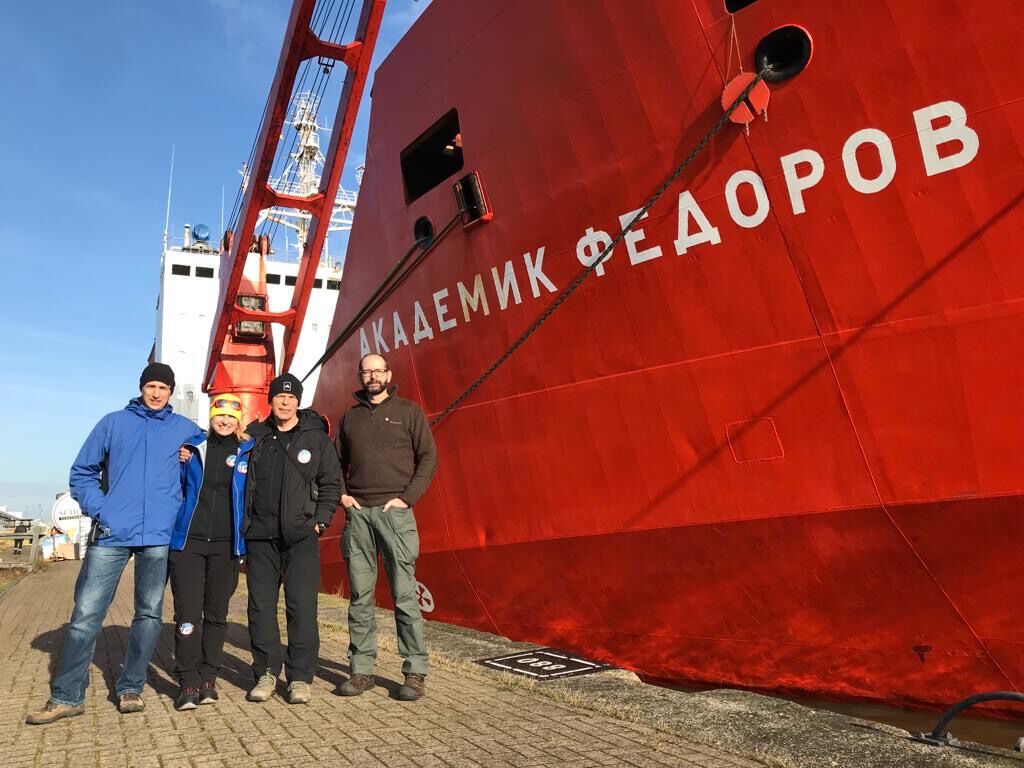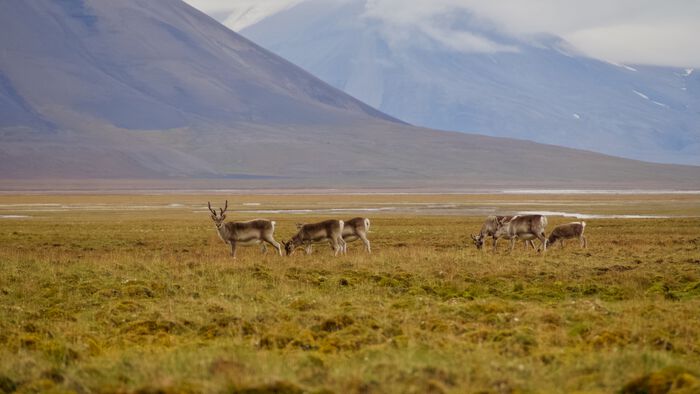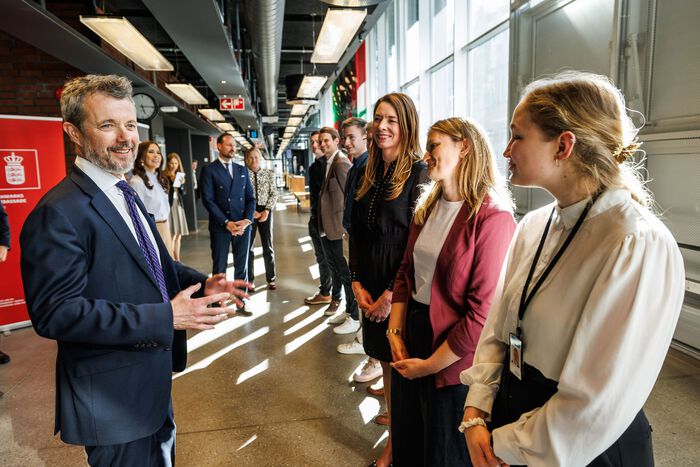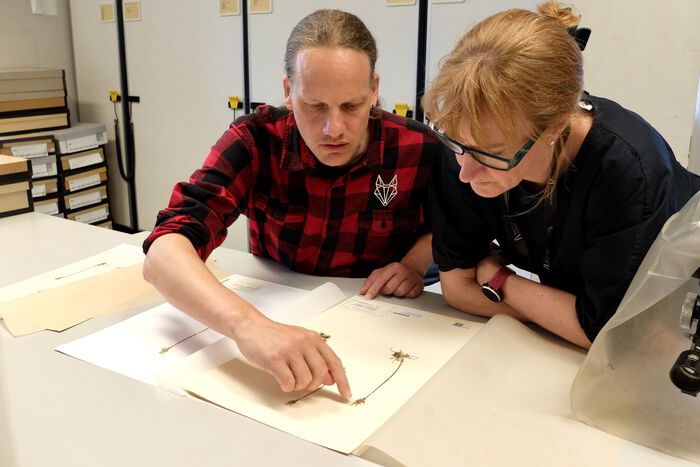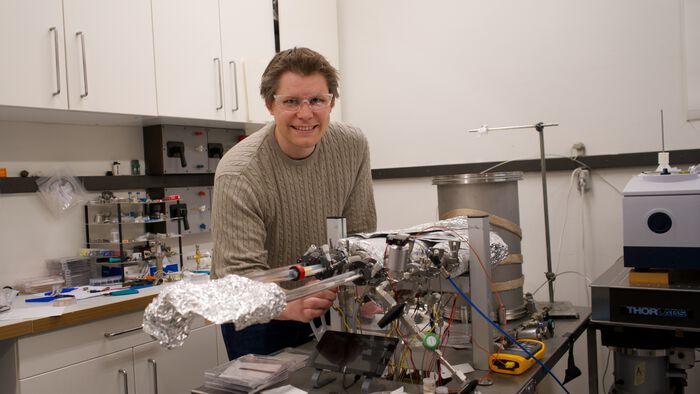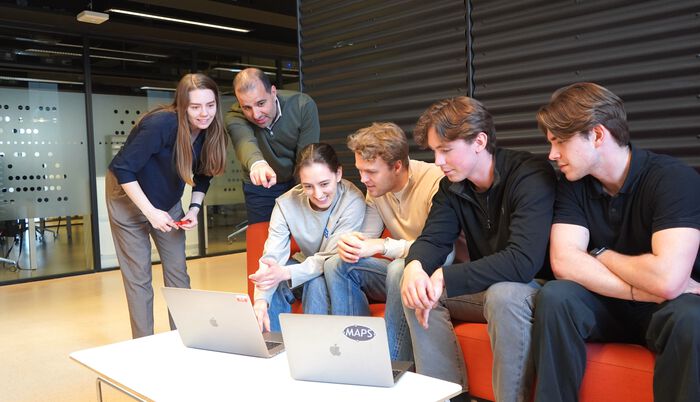Miloch writes a blog from the journey.
About a week ago, the ferry to Kiel left Oslo. It sailed past the Fram museum, where the ship used by several famous explorers used to reach the polar region. Now, it is Color Fantasy, which is taking me to Kiel, and from there I will get to Bremerhaven, where the Russian icebreaker Akademik Fedorov is awaiting.
As a part of the 4th Polish Antarctic Research Expedition (PARE) and 67th Russian Antarctic Expedition (RAE), I am sailing to East Antarctica to revitalise the A.B. Dobrowolski station in the Bunger Hills. This is a special place - an ice-free oasis in the continent of ice. Antoni B. Dobrowolski was a Polish polar explorer who overwintered in Antarctica onboard Belgica, together with his colleagues Arctowski, Amundsen, and Scott. The base that we will visit in Bunger Hills is called after him. Last time the base was used 40 years ago, but our Russian colleagues checked it recently. They confirmed that is in a rather good shape, and we can use it after some small improvements. Antarctica is an icy desert, and buildings can preserve well, as long as they are not blown away by fierce winter winds. We will first set up a small camp, our tents, and receive two full containers of cargo, containing food, all necessities, and scientific instruments. No one knows what awaits us, but our team consists of people who have experience from both Arctic and Antarctica. However, I am quite sure that it will be quite different to what I know from our Norwegian station Troll.

We will carry out a number of experiments related to geophysical sciences. I am in particular responsible for ionospheric and magnetic field measurements in the context of space weather. Bunger Hills is a unique place to carry out this research, as they are magnetically conjunct to the region of Svalbard. It allows for studying the aurora over Svalbard in the context of aurora in the Southern Hemisphere and vice versa. Ionospheric response to the forcing by the solar wind is different at both hemispheres, and these measurements will allow us to understand in more detail how the whole ionosphere behaves during both quiet and high geomagnetic activity.
How did it happen that the University of Oslo is going there? For a long time we have been collaborating with the Institute of Geophysics, Polish Academy of Sciences (IGF PAS), which is in charge of the Dobrowolski station in Antarctica and organises the expedition. In particular, we collaborate on Svalbard, where our instruments are hosted at the station in Hornsund and support our sounding rocket campaigns as well as provide basis for space weather studies. Several joint expeditions to Svalbard and collaboration in science made it happen. For a whole year we have been preparing for the expedition, by following emergency rescue and first aid courses, going through maritime safety training for seamen, and organising all formalities. This was not an easy task, but all obstacles related to pandemics and other formalities were overcome by the organising and support team.
Finally, on Wednesday 10th of November the ship left the harbour and set the course towards Southern Ocean. We will stop at the main Russian stations in Antarctica, and the helicopters carried onboard will then carry us further to Bunger Hills in East Antarctica. With us, there are expeditioners of the 67th RAE who will overwinter at stations Vostok, Mirny, and Progress, as well as seasonal scientists. We have been welcomed warmly, and despite being the only four foreigners onboard, we feel already at home.
We are now by the coast of Africa. The weather is good, next week we will cross equator, but we all know that in a few weeks we will reach rough seas of the Southern Ocean.
Wojciech J. Miloch
Department of Physics, UiO

The 4th PARE is organised by the IGF PAS from the funds provided by the Ministry of Science and Education of Poland. The research program of WJM is supported by the European Research Council (ERC) under the European Union’s Horizon 2020 research and innovation programme (Grant Agreement No. 866357, POLAR-4DSpace), and in part by the Research Council of Norway Grant number 267408.
The official website of the 4th PARE is http://dobrowolski.igf.edu.pl
Wojciech Miloch is a professor at the Department of Physics, UiO. His interests are plasma, space, and ionospheric physics. He leads the 4DSpace Strategic Research Initiative at UiO and several projects related to studies of the space weather effects and aurorae in the polar regions. The research group operates instruments in Svalbard and in Antarctica (Troll station), and it also sends instruments on sounding rockets and satellites to studying turbulence and structuring in the ionosphere.
